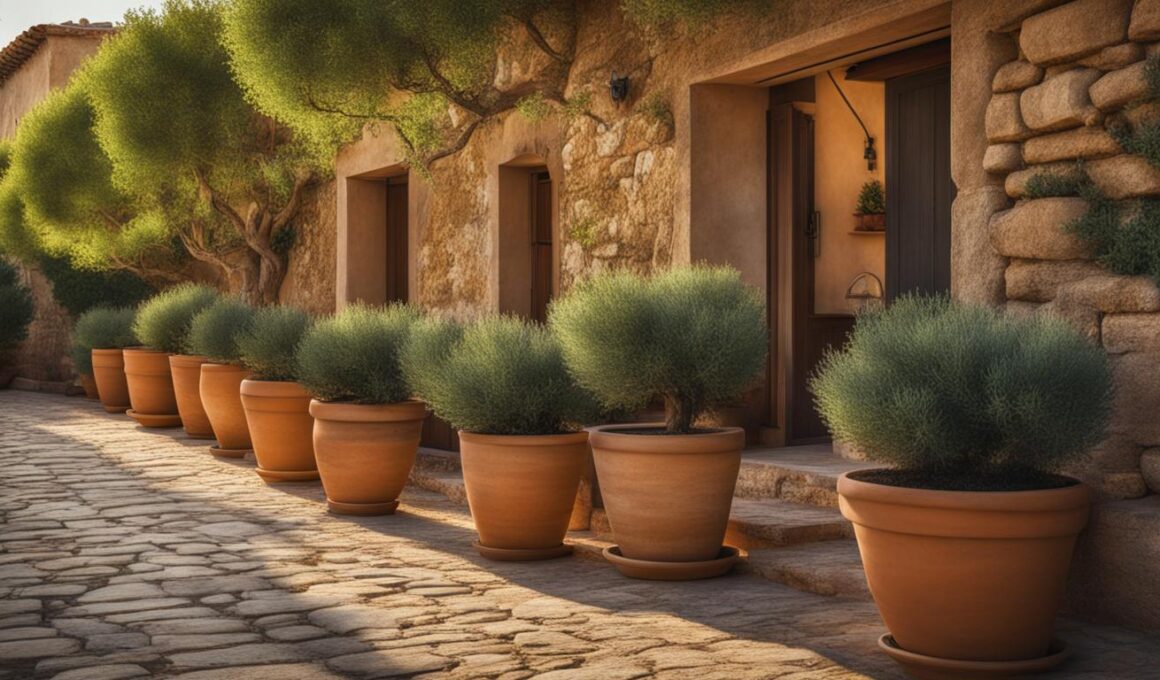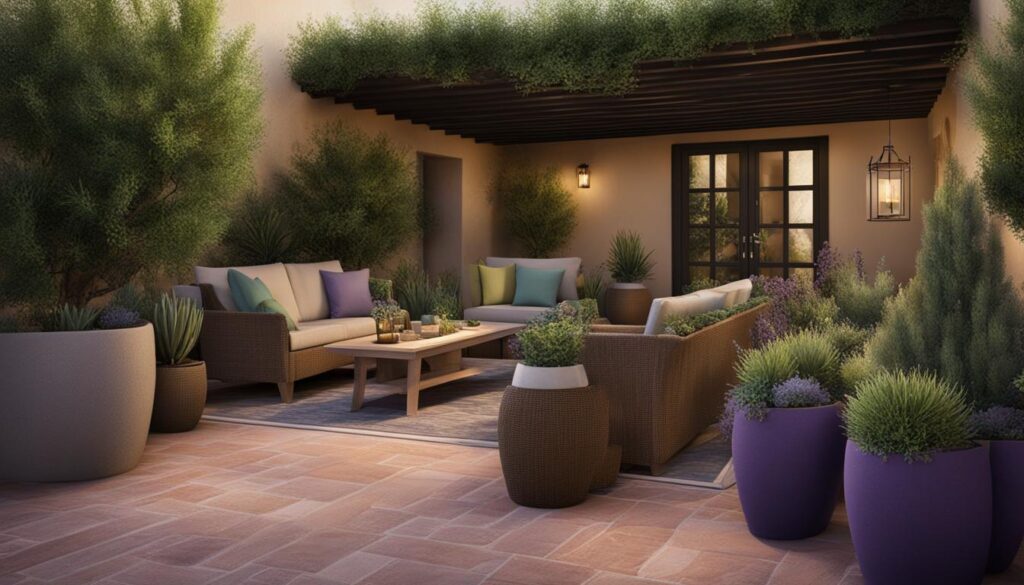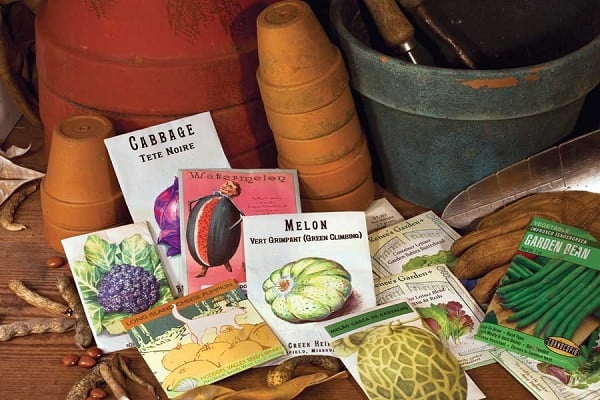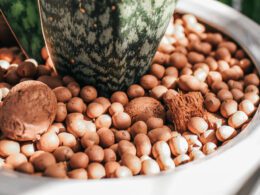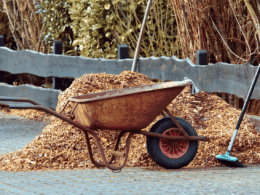Welcome to your complete guide on mastering the art of underplanting olive trees in pots. Underplanting is a fantastic way to enhance your landscape and bring beauty and variety to your outdoor space. By combining different plants that have similar needs, you can create stunning plant pairings that add color, texture, and visual interest to your underplantings. In this guide, we will explore the importance of sorting plants by their needs and features, arranging and designing underplantings, and provide some inspiring plant combinations to get you started. Let’s dive in!
Post Summary
- Underplanting olive trees in pots can enhance your landscape and add beauty to your outdoor space.
- Sorting plants by their needs, such as water and light requirements, is crucial for successful underplantings.
- Consider the features of plants, like texture, color, and size, to create visual interest in your underplantings.
- Arranging plants in layers or groupings can create a balanced and visually appealing look.
- Experiment with different plant combinations to create your own unique underplantings.
Sorting Plants by Needs: Ensuring Success in Underplanting
When underplanting olive trees in pots, it is crucial to consider the needs of each plant. By sorting plants based on their needs, you can create a thriving and harmonious underplanting. Here are some key factors to consider:
Water Requirements
Plants have varying water needs, and it’s important to group those with similar requirements together. This will ensure that all plants receive the right amount of moisture, preventing overwatering or underwatering. For example, succulents and cacti prefer well-draining soil and require less frequent watering, while ferns and hostas thrive in moist soil and need more regular watering. By sorting plants based on their water requirements, you can maintain a healthy balance in your underplanting.
Light Preferences
Another crucial factor to consider is the amount of light each plant needs. Some plants thrive in full sun, while others prefer partial or even full shade. By placing plants with similar light preferences together, you can ensure that they receive the optimal amount of sunlight. This will promote healthy growth and prevent plants from becoming stressed or leggy due to inadequate light. Remember to consider the surrounding environment and choose plants that are compatible with the amount of sunlight that area receives.
Soil Conditions
Plants also have different soil requirements in terms of pH, moisture retention, and nutrient levels. Some prefer acidic soil, while others thrive in alkaline or neutral conditions. Additionally, certain plants need well-draining soil, while others prefer loamy or damp soil. By understanding the soil conditions that your plants prefer, you can create a suitable environment for their growth. Consider conducting a soil test or researching the specific needs of your chosen plants to ensure they are placed in the right soil conditions.
Creating a successful underplanting requires careful consideration of the needs of each plant. By sorting plants based on their water requirements, light preferences, and soil conditions, you can create a harmonious and thriving landscape. Remember to conduct thorough research on your chosen plants and seek advice from gardening experts to ensure the best outcomes for your underplanting project.
Sorting Plants by Features: Creating Visual Interest
When underplanting olive trees in pots, sorting plants by their features is crucial for creating visual interest in your landscape. By considering the texture, color, size, and shape of plants, you can design beautiful and harmonious underplantings that complement the olive trees and enhance the overall aesthetic.
Texture: Mixing plants with different textures can add depth and contrast to your underplantings. Combine coarse-textured plants with thick leaves, such as elephant ears or hostas, with fine-textured plants with thin leaves, such as ornamental grasses or ferns. This combination creates visual interest and a balanced look.
Color: Choosing plants with complementary or harmonious colors can create stunning underplantings. For example, pair the silvery foliage of lavender with the vibrant purple flowers of salvia to create a striking color combination. Consider how plants will display their colors throughout the year to ensure year-round visual interest.
“Texture and color are key elements in creating visually appealing underplantings. By combining different textures and complementary colors, you can design an underplanting that is both visually striking and harmonious.” – Landscaping expert
Size and Shape: Varying the size and shape of plants adds dimension to your underplantings. Mix taller plants, such as ornamental grasses or cannas, with shorter plants, like creeping thyme or sedum. Incorporating plants with different shapes, such as spiky yuccas or rounded boxwoods, adds visual interest and creates a dynamic composition.
To help you visualize how different plants’ features can be combined, refer to the table below:
| Plants | Texture | Color | Size | Shape |
|---|---|---|---|---|
| Lavender | Coarse | Purple | Medium | Upright |
| Salvia | Fine | Purple | Tall | Spiky |
| Hostas | Coarse | Green | Medium | Mounded |
| Ornamental Grasses | Fine | Varies (e.g., green, bronze) | Tall | Upright, Arching |
By carefully selecting plants with different features and arranging them thoughtfully, you can create visually appealing underplantings that enhance the beauty of your olive trees in pots.
Creating the Look: Arranging and Designing Underplantings
Now that you have carefully selected the plants for underplanting olive trees in pots, it’s time to arrange them to create the desired look. The way you arrange the plants will determine the overall aesthetic of your underplantings. Working with layers or groupings is a popular method that allows you to showcase all the plants without overcrowding or hiding any of them.
When creating container groupings, one popular layout is the “thriller, filler, spiller” arrangement. This involves selecting a tall and bold plant as the centerpiece (the thriller), surrounding it with shorter plants that fill in the space (the filler), and finally adding trailing plants that cascade over the edges of the pot (the spiller). This layout creates a visually appealing composition that is both balanced and dynamic.
In planting beds, you can create depth and dimension by arranging the plants in bleacher or group photo orientations. This means placing taller plants at the back or center of the bed and gradually decreasing the height towards the front or edges. This technique mimics the way people are arranged in a group photo, with shorter individuals in the front and taller ones at the back. By applying this principle to your underplantings, you can achieve a natural and visually interesting arrangement.
Design Tips:
- Consider the size and growth habit of each plant to ensure they have enough space to thrive without overcrowding.
- Experiment with different combinations of plants to find the perfect balance of colors, textures, and shapes.
- Don’t be afraid to mix and match different plant varieties to create a unique and eye-catching underplanting.
By carefully arranging and designing your underplantings, you can transform your landscape into a visual masterpiece. Remember to consider the needs and features of each plant, and don’t be afraid to get creative with your arrangements. Whether you choose the “thriller, filler, spiller” layout or the bleacher orientation, the key is to create a harmonious and aesthetically pleasing composition that enhances the beauty of your olive trees in pots.
| Plant Arrangement Techniques | Description |
|---|---|
| “Thriller, Filler, Spiller” | An arrangement technique for container groupings where a tall and bold plant is surrounded by shorter fillers and trailing plants. |
| Bleacher Orientation | An arrangement technique for planting beds where taller plants are placed at the back or center, gradually decreasing in height towards the front or edges. |
| Group Photo Orientation | An arrangement technique inspired by group photos, placing shorter plants in the front and taller plants in the back for a natural and visually interesting look. |
Plant Combinations We Love: Inspiration for Your Underplantings
When it comes to underplanting olive trees in pots, the right combination of plants can elevate your landscape to a whole new level. Whether you’re looking for a burst of color or a harmonious blend of textures, there are endless possibilities to explore. Here are some plant combinations that we love and that can serve as inspiration for your own underplantings:
- Color Contrast: Pairing vibrant red geraniums with the soft purple blooms of lavender creates a stunning contrast that is sure to catch the eye. The bold, fiery red against the delicate, calming purple is a true visual treat.
- Texture Play: Combine the coarse, spiky leaves of a yucca plant with the cascading foliage of creeping thyme for a delightful texture play. The contrast between the rough and sleek leaves adds depth and interest to your underplanting.
- Seasonal Beauty: Mix the cheerful yellow blooms of marigolds with the deep blue flowers of lobelia for a dynamic display that changes with the seasons. This combination will bring bursts of color to your underplanting throughout the year.
- Tropical Paradise: For a touch of the exotic, pair the lush, broad leaves of a banana plant with the vibrant orange flowers of bird of paradise. This combination will transport you to a tropical oasis right in your own backyard.
Remember, these plant combinations are just a starting point. Feel free to experiment and create your own unique underplantings. Consider the needs and features of each plant, and let your creativity guide you. The key is to find plants that complement each other and thrive in the same conditions. With the right combinations, you can create stunning underplantings that will enhance the beauty of your olive trees in pots.
Now, let’s take a look at a table that summarizes the plant combinations we’ve discussed:
| Plant Combination | Key Features |
|---|---|
| Red Geraniums + Purple Lavender | Color Contrast |
| Yucca + Creeping Thyme | Texture Play |
| Marigolds + Lobelia | Seasonal Beauty |
| Banana Plant + Bird of Paradise | Tropical Paradise |
With these inspiring plant combinations and the knowledge of how to sort plants by their needs and features, you have the tools to create stunning underplantings for your olive trees in pots. Don’t be afraid to experiment and let your creativity shine. Your landscape will be transformed into a vibrant and harmonious space that you can enjoy year-round.
Conclusion
Underplanting olive trees in pots offers a multitude of opportunities to elevate your landscape and showcase the beauty of various plant combinations. By carefully sorting plants based on their needs and features, you can ensure their success and create visually appealing underplantings.
Remember to consider the specific requirements of each plant, such as water and light, to provide an optimal growing environment. Sorting plants based on their features, such as texture, color, size, and shape, will add visual interest and create a harmonious aesthetic.
Arranging and designing your underplantings is key to achieving the desired look. Experiment with different arrangements, utilizing techniques like layering, groupings, or the “thriller, filler, spiller” layout to create depth and dimension. Whether you’re working with pots or planting beds, thoughtful arrangements will showcase each plant’s unique qualities.
Gain inspiration from plant combinations that have proven successful. While these examples serve as suggestions, feel free to mix and match plants to create your own unique underplantings. Take pleasure in the beauty that underplanting olive trees brings to your landscape.
FAQ
What factors should I consider when underplanting olive trees in pots?
It is crucial to consider the needs of each plant, including factors such as water and light requirements. Sorting plants by their needs ensures they will thrive in the same area.
Why is sorting plants by their features important in underplanting olive trees in pots?
Features such as texture, color, size, and shape can add visual interest to your landscape. Choosing complementary or harmonious color combinations and mixing different textures creates a balanced and visually appealing underplanting.
What is the recommended method of arranging plants for underplanting olive trees in pots?
Working in layers or groupings is a popular method. For container groupings, the “thriller, filler, spiller” layout is often used. In planting beds, arranging plants in bleacher or group photo orientations can create depth and dimension.
Can you provide examples of plant combinations that work well together for underplanting olive trees in pots?
Sure! From stunning color combinations to texture play with tropicals, there are endless possibilities. Use these examples as suggestions and experiment with different plant pairings to create your own unique underplantings.
Can I Underplant my Arbequina Olive Tree in a Pot Indoors?
Yes, you can definitely grow your own olive tree indoors by underplanting your Arbequina olive tree in a pot. Make sure to choose a large pot with good drainage and use well-draining soil. Place the pot in a sunny location and water the tree regularly to ensure healthy growth indoors.





